
In our recurring blog "Inbox" we share comments from physicians and practice administrators telling us what keeps them awake at night.

In our recurring blog "Inbox" we share comments from physicians and practice administrators telling us what keeps them awake at night.

Changing responsibilities and differing ways of relating to patients can make burnout worse for older physicians.

While physician burnout seems to be endemic, it doesn't mean that steps can't be taken to improve working conditions.

In our recurring blog "Inbox" we share comments from physicians and practice administrators telling us what keeps them awake at night.

One in five family members share pain medications with each other. Also, ACA healthcare premiums predicted to rise dramatically.

Studies show that choosing to view challenging situations in a positive light actually improves your mood. Here are our suggestions to get started.

Physicians are increasingly feeling squeezed by outside forces and inner stress. Here's how you can fight back.

In our recurring blog "Inbox" we share comments from physicians and practice administrators telling us what keeps them awake at night.

Most likely you have your own opinions about the stresses and challenges of being a physician. Here's what our experts in the field have to say.

In our recurring blog "Inbox" we share comments from physicians and practice administrators telling us what keeps them awake at night.
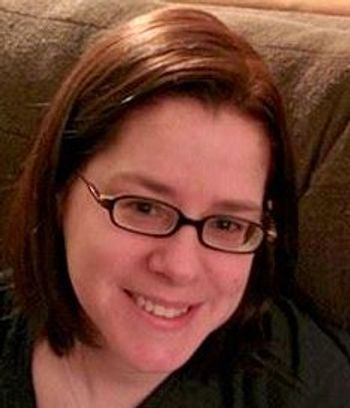
In part two of our conversation with family medicine physician KrisEmily McCrory, she shares her concerns about the cost to implement unrealistic quality metrics.

Physicians are frustrated with the lack of clear specifics on how they will meet quality metrics to avoid a negative payment adjustment in 2019.

Here are several ways even the smallest practice can effectively manage the health of its patient population.

In the second of a two-part interview with a CMS representative, more on the legal ramifications for waiving copays for low-income patients.

Most practices know they are obligated to collect patient copays and deductibles, but few know that for certain low-income patients doing so is illegal.
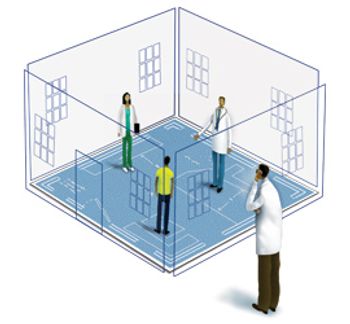
If your practice is considering an office redesign or building a completely new space, make sure you ask the right questions first.

Before embarking on a practice redesign you should have a clear vision of the responsibilities your architect will take in your practice's new build.

Do you know why you shouldn't waive patient copays? Take this short true and false quiz to find out what you really know.

It comes naturally to want to help your poorest patients. But before waiving patient copays, consider the legal consequences first.
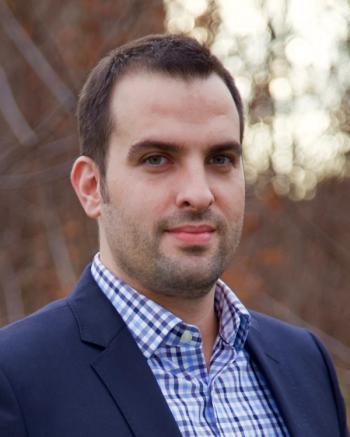
OhioHealth is using mobile technology to help its patients become better informed on their care, which leads to happier patients and better outcomes.

Knowing where you should focus your attention is important. Here are six reports that will tell you what you need to know to run your practice well.
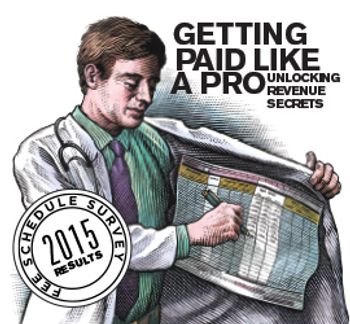
How can practices know what they are getting paid, if they are not tracking payer reimbursements and running financial reports?

If your practice suffers a security breach, staff must know their part in implementing an incident response.
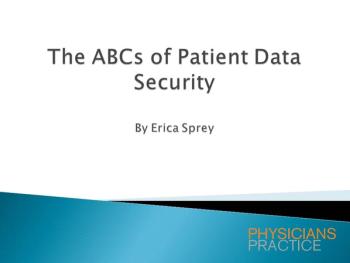
Training your medical staff to securely handle and protect sensitive patient data isn't as hard as you think.

Each week we share expert advice on running your practice in Physicians Practice Pearls. Here are your favorites from 2015.
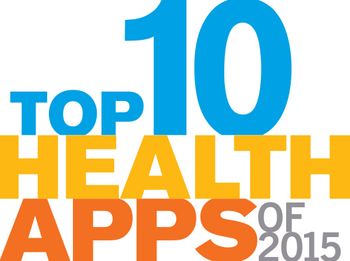
Each month in our print journal, Physicians Practice selects an "App of the Month." Here are our top picks for physicians and their patients.

Value-based reimbursement isn't the future for physicians; it's here. It's time to tie quality outcomes to compensation.

Do yourself a favor: participate in as many quality programs as make sense for your practice.
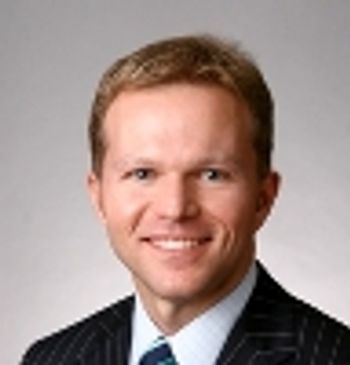
Practices can no longer afford to be remiss about collecting outstanding patient balances, as high-deductible health plans are forcing patients to pay more.

Developing better patient collections processes depends not just on good staff policies and training, but the newest in HIPAA-compliant technology.